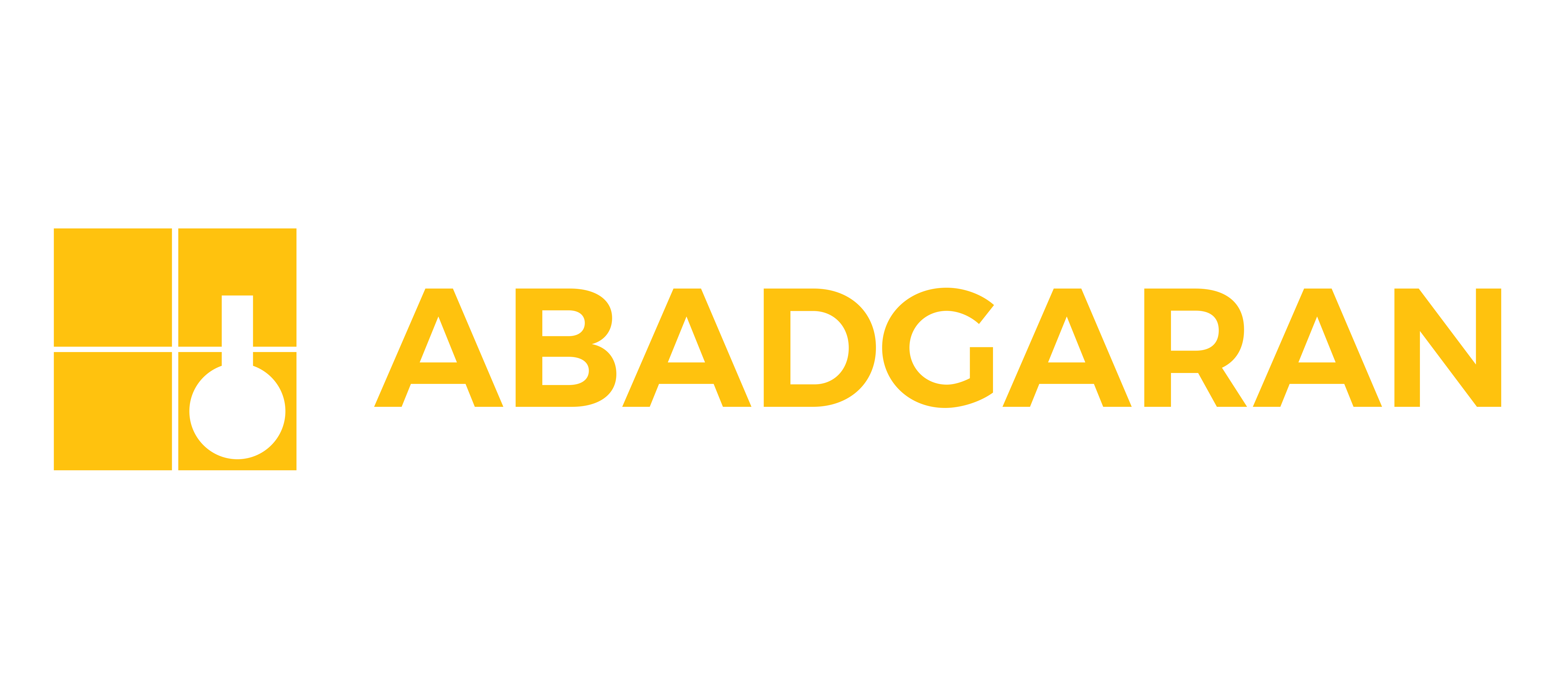
Please wait, loading...

Please wait, loading...

![]()

Introduction:
Concrete, as one of the most important construction materials, plays an irreplaceable role in various types of construction. However, in order to achieve durable and resilient structures, the role of cementitious materials in concrete casting is vital. The use of appropriate cementitious materials and the application of proper techniques in the production and preparation of concrete are key factors in enhancing its durability and strength.
Typically, in the concrete casting process, the selection of suitable cementitious materials and the correct water-to-cement ratios directly affect the final quality of the concrete. Moreover, the mixing and casting process must be carried out accurately to preserve the mechanical and physical properties of the concrete in the best possible way.
This article examines the essential role of cementitious materials in producing durable concrete. It first explores the types of cementitious materials and their properties, followed by the effects of the water-to-cement ratio and various techniques for improving concrete durability. It also discusses appropriate methods for mixing and casting. The goal is to provide a better understanding of the importance of cementitious materials in achieving long-lasting concrete.

Types of Cementitious Materials Used in Concrete:
Cementitious materials are of great importance in concrete casting, and their diversity directly affects the final properties and performance of the concrete. Below are the types of cementitious materials explained:
Portland Cement: This is a general-purpose and widely used cement based on Portland clinker. It serves as the primary material in concrete and provides mechanical strength. It plays a crucial role in providing compressive strength and interacting effectively with other concrete components to handle applied loads. Although Portland cement significantly contributes to compressive strength, increasing its percentage has minimal impact on flexural and tensile strength.
Pozzolanic Cement: This type is used by adding pozzolanic materials such as fly ash, microsilica, slag, and their derivatives to Portland cement-based concrete. These additions can enhance properties like tensile strength and flexibility, improve resistance to chemical attack, reduce permeability, and lower the heat generated during the hydration process. The use of pozzolanic materials can lower the cost per cubic meter of concrete by reducing the amount of Portland cement required. In contrast, excessive use of Portland cement may increase greenhouse gas emissions and energy consumption. Therefore, pozzolanic cement can enhance both performance and sustainability.

Microsilica is a beneficial pozzolan with extremely low density and high instability, dispersing easily into the environment. Direct use in concrete is now outdated due to its harmful environmental effects and health risks.
Abadgaran Company offers a stabilized, safe microsilica gel that can be added to concrete. This gel ensures uniform distribution of microsilica without the associated environmental hazards.
Sulfate-Resistant Cement: This type is designed for environments with sulfate exposure, such as certain soils and water. It is especially useful in the construction of bridges and tunnels subjected to sulfate attack.
Low-Heat Portland Cement: Used in concrete casting where heat control is necessary, such as in tunnels and other large-scale structures.
White Portland Cement: Known for its white color, this cement is used where the appearance and aesthetic color of the concrete are important.
Selecting the right type of cement for each project—based on environmental conditions and application requirements—greatly improves concrete durability and quality.
Additionally, the water-to-cement ratio plays a crucial role in concrete durability. Standard ACI-PRC 130 provides key recommendations, indicating that an appropriate ratio for normal concrete ranges between 0.4 to 0.6. Higher ratios reduce durability by lowering compressive strength and altering the internal structure, leading to more expansion and shrinkage over time, which can cause surface cracks and damage. Maintaining a proper water-to-cement ratio is essential to ensure long-term performance.
Abadgaran’s research-based group offers gel products that not only enhance concrete quality but also improve its durability. These gels combine pozzolans like microsilica with effective dispersal agents and significantly reduce the water-to-cement ratio by increasing the use of superplasticizers.
Conclusion:
Based on ACI-PRC 130 standards and considering both economic and environmental discussions, the type of cementitious materials and the water-to-cement ratio significantly influence concrete durability. In general, the use of high-quality cementitious materials and proper ratio adjustments improves the durability of concrete, reduces costs, and minimizes environmental impact. In contrast, low-quality materials or high water-to-cement ratios may reduce durability, increase costs, and worsen environmental effects. Thus, a smart choice of cementitious materials and careful adjustment of water-to-cement ratios are critical for achieving both durable concrete and broader economic and environmental goals.
Abadgaran’s knowledge-based team, with extensive experience in designing and producing concrete additives for various climate conditions, offers special solutions. These include additives with specific functions and mechanisms that act as pozzolanic cement replacements and reduce water-to-cement ratios through superplasticizers, ultimately lowering concrete permeability and enhancing durability.